Day 10 – Kyoto
Every person who I know who has been to Kyoto says it is an amazing city. It’s the spiritual heart of Japan and was its capital for over a thousand years. The question arises when in Kyoto, how many temples is too many? Yesterday we had visited only one temple complex and had passed by quite a few more. Today we had two planned. And here comes the benevolent dictatorship into play. It was my responsibility to plan today’s activities and if it was just taking my whims into account, we would have gone to at least four temples. And yet I know that if we had held a referendum, the result may not have been to my liking. So two was the number that both those who would have voted for zero and those who would have voted for four could both live with. Who needs democracy when the ruler knows and takes his subjects into account so fairly?
We started with Ginkakuji, the silver pavilion, which isn’t in the slightest bit covered in silver. Whilst it has an important place in the formation of popular Japanese culture, dating all the way back to 1482, this temple is appreciated by the the walk through the gardens, passing a dry garden, where the sand is raked into symmetrical lines, a moss garden, ponds, a forest and a viewpoint overlooking Kyoto.
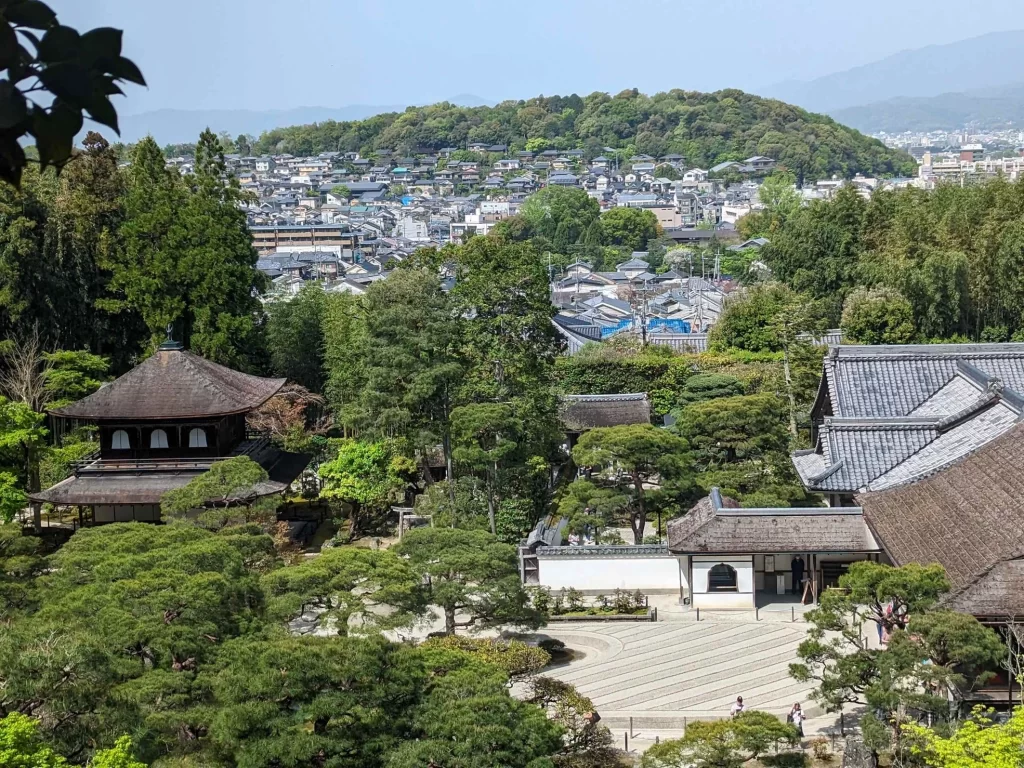
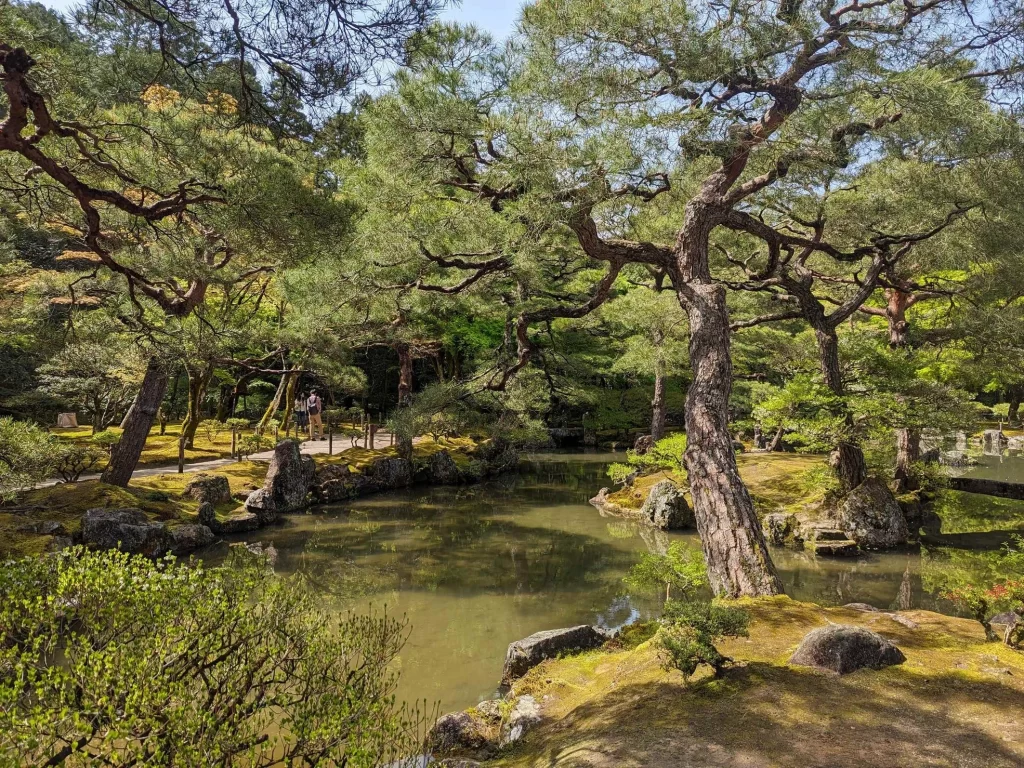

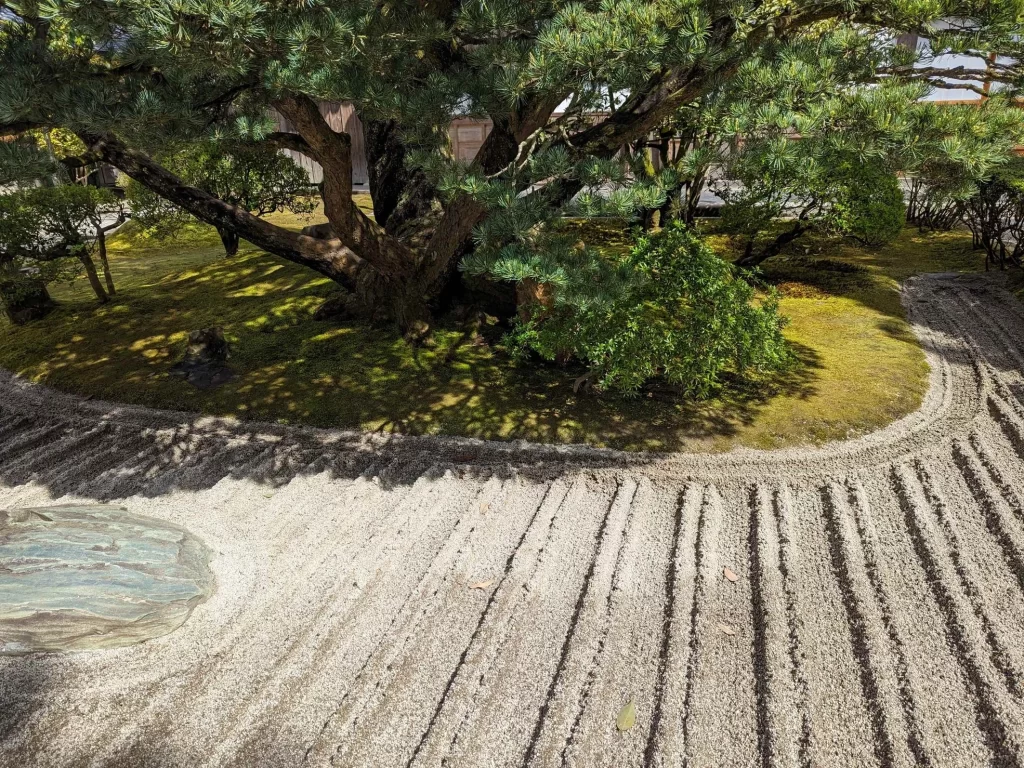
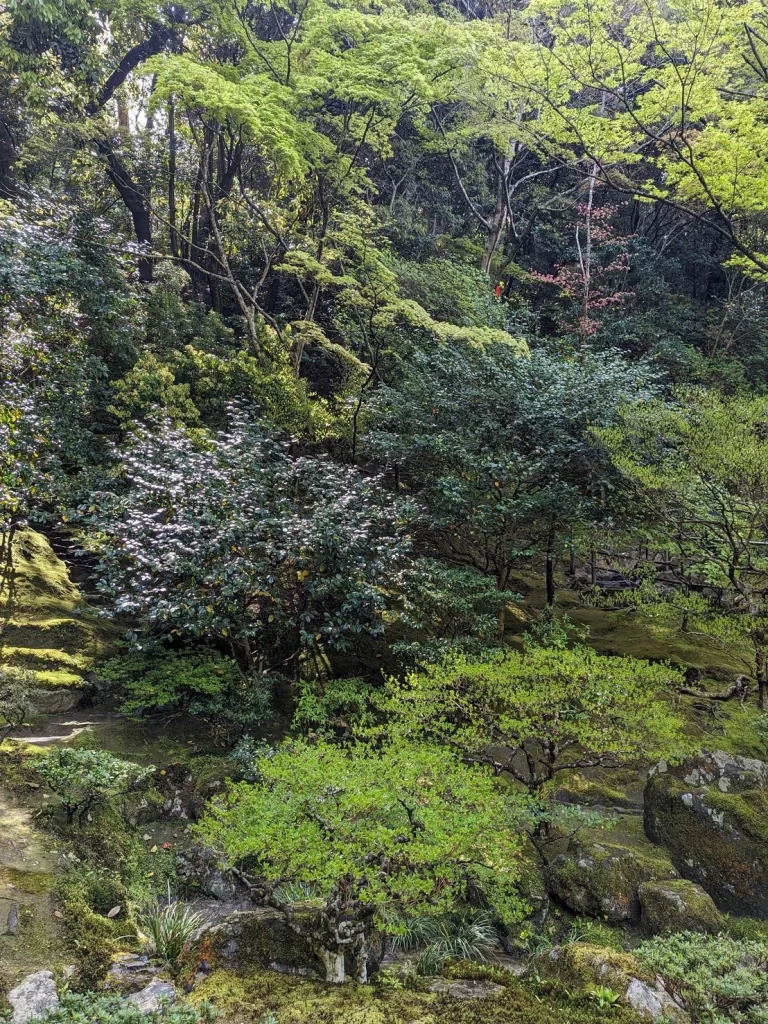
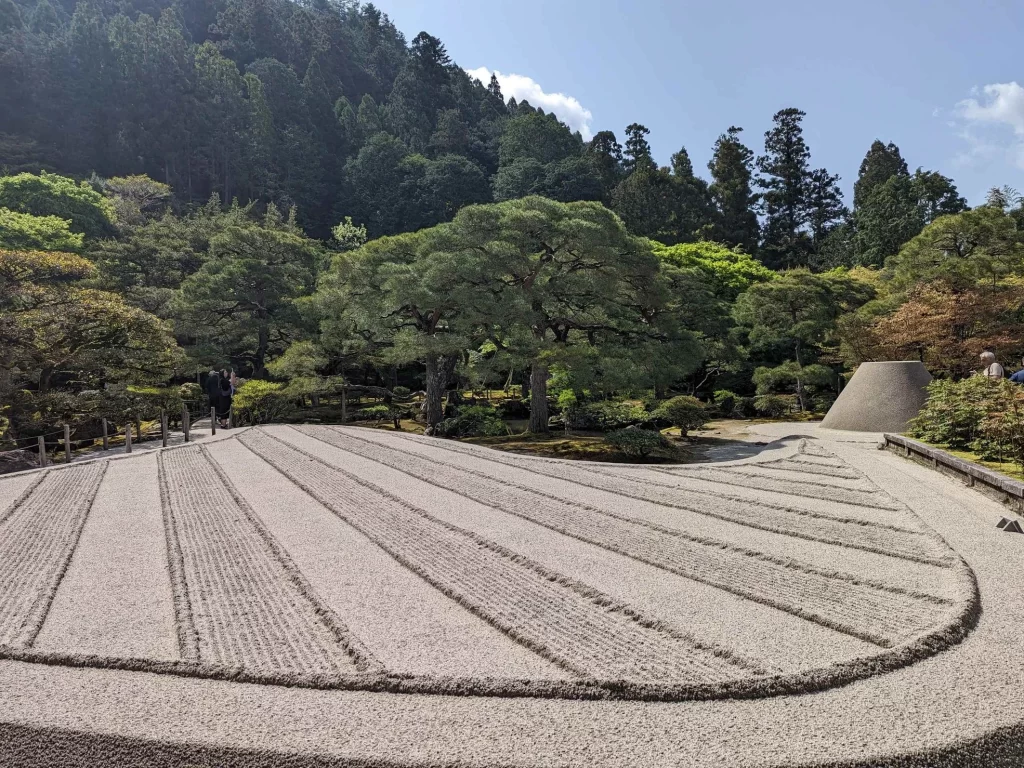

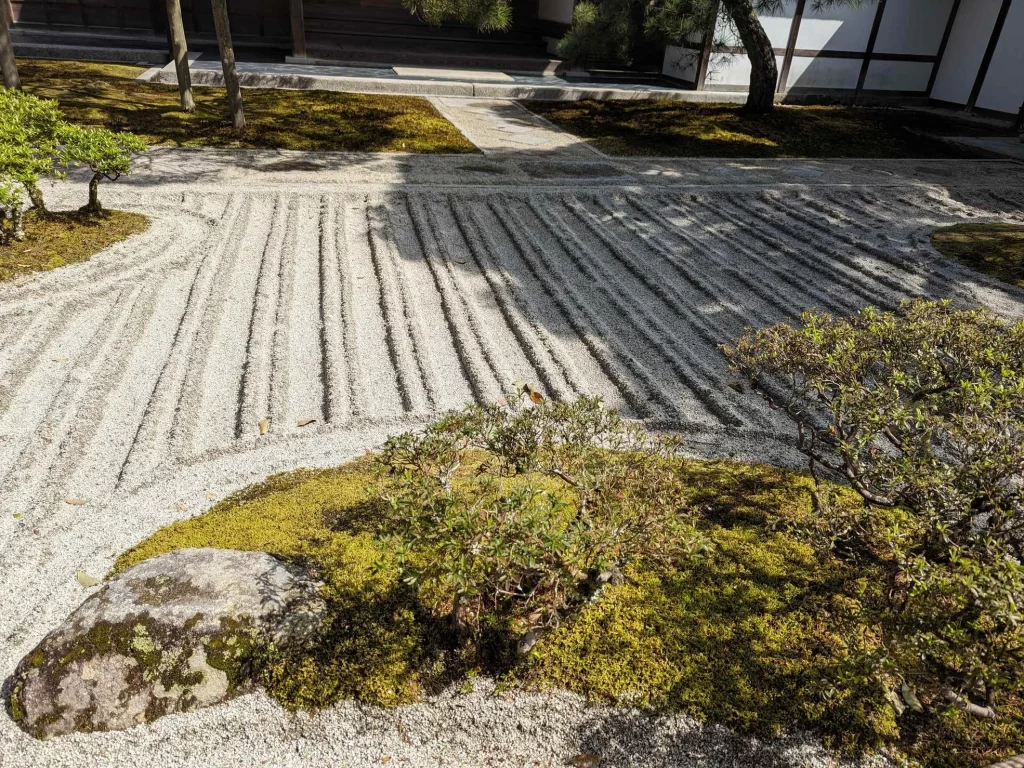
Of the many “must do” (Top 5, if you will) things in Kyoto, the philosopher’s walk is high on the list. It is a two km path above a canal, lined with cherry trees. The cherry blossom was in full bloom and the four philosophers continued to wrestle with the human condition, or at least try to agree on what was the best cocktail the previous night.

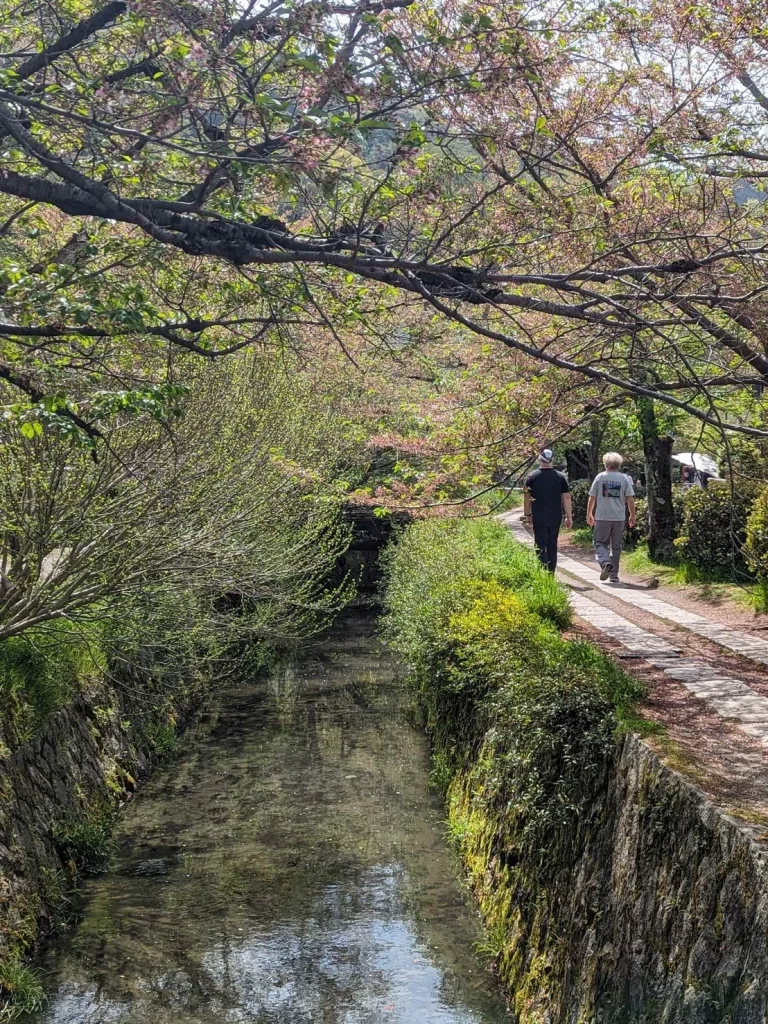
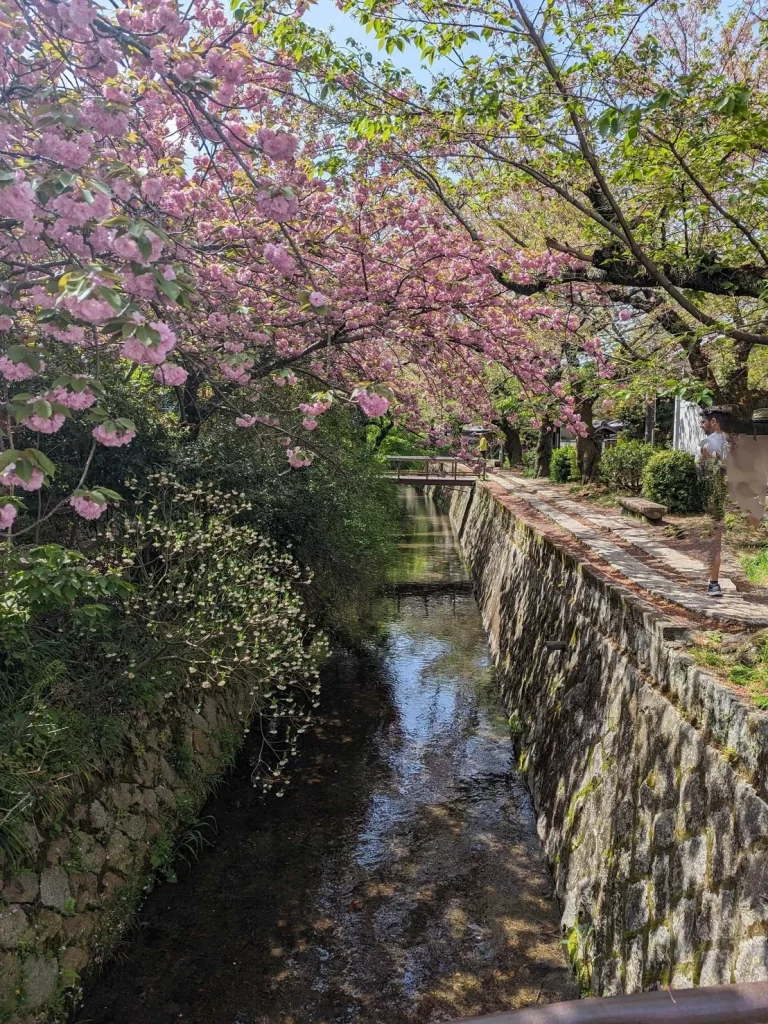

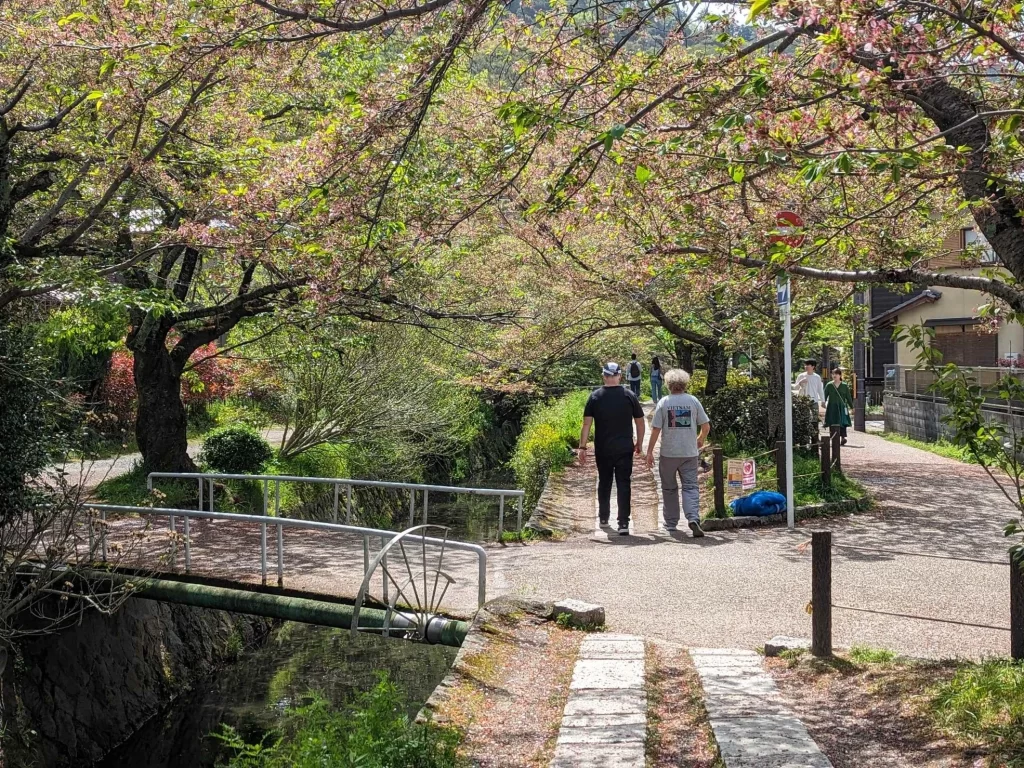
At the southern end of the philosopher’s walk lies the EikandoJi, consisting of temples and halls, with a number of Buddha statues in different positions. It was kept immaculately clean by an army of women, scrubbing every single surface, from the floors up. It appears that they were supervised by a small cadre of men who looked very official as they ensured the work was carried out to their satisfaction. The temple compound is large with many buildings, Buddha statues, 700 year old paintings and surrounded by beautiful gardens. It’s really hard to determine which temple(s) to visit in Kyoto, but I am very glad we chose to visit this one. We could have also added a visit to Ryoanji temple with its stone gardens, or Tenryu-Ji originally built in 1339. But we left it at two temples for the day.
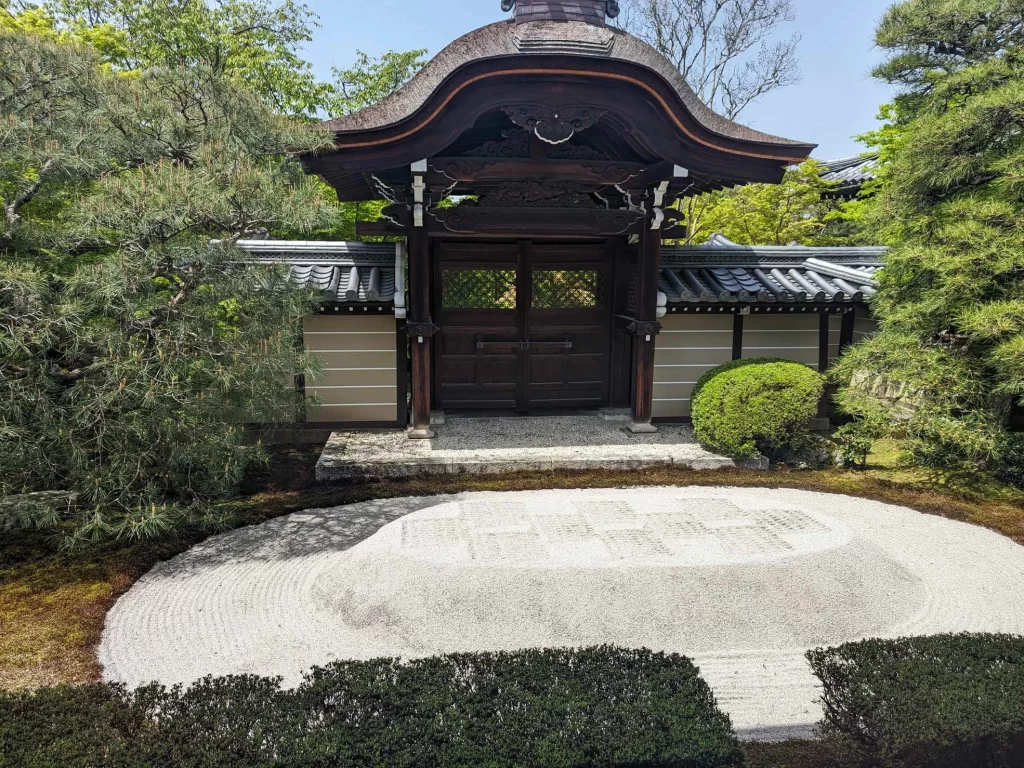
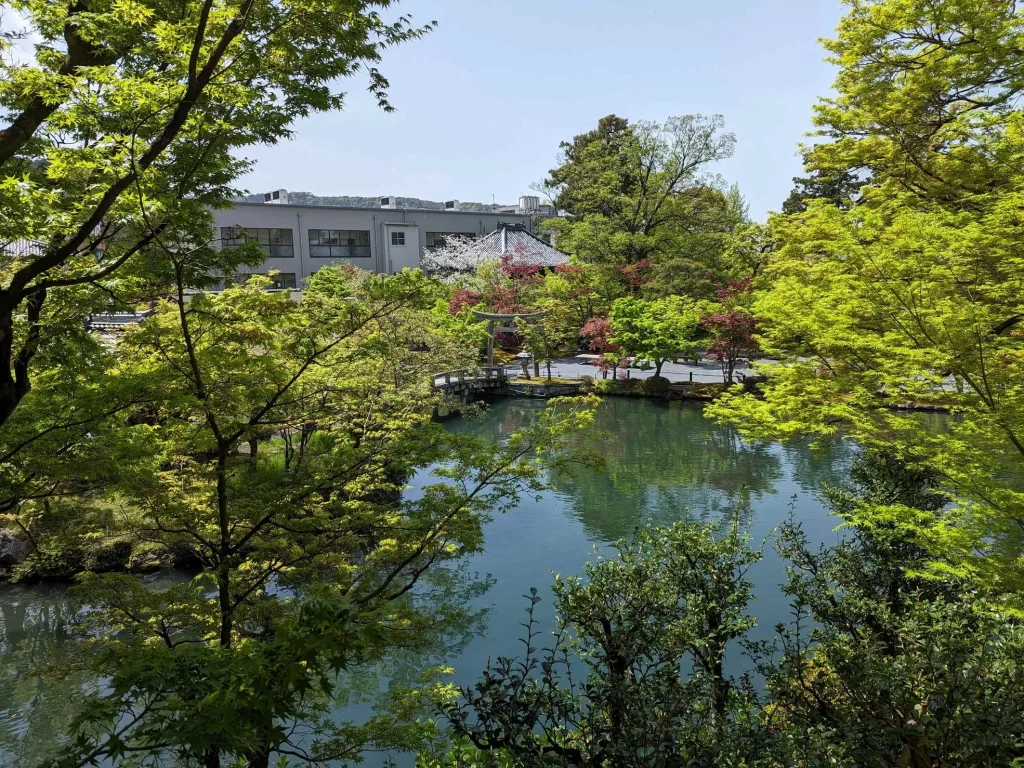
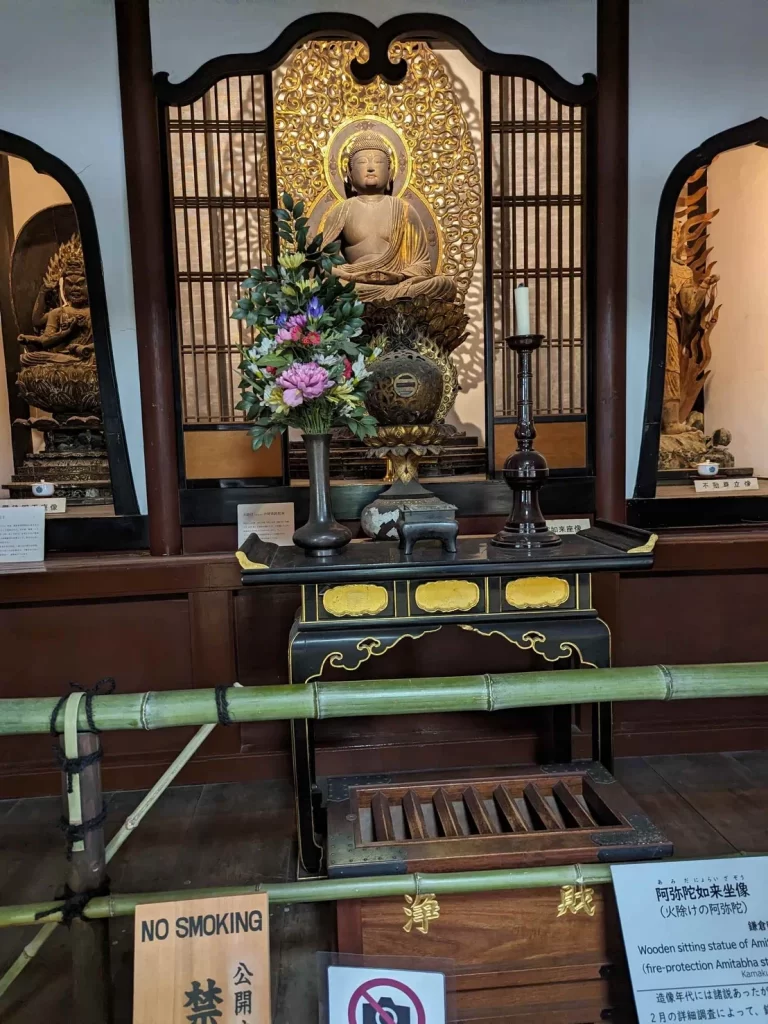
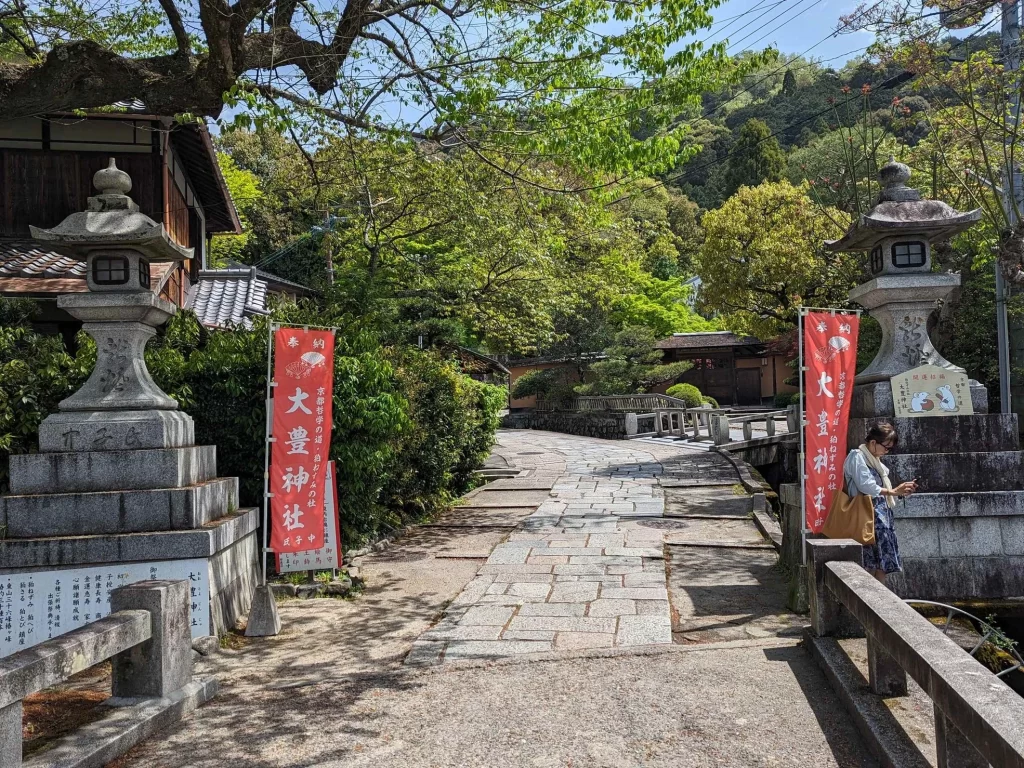
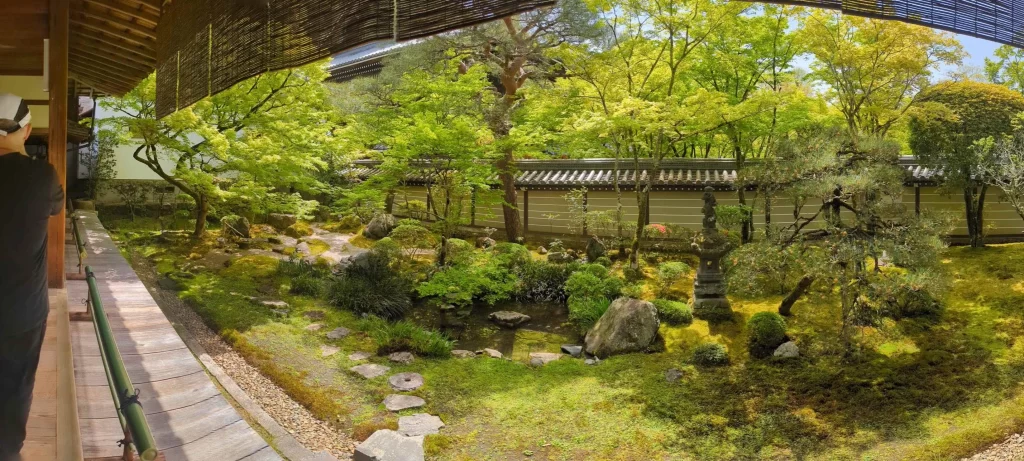
We had two-thirty tickets for a geisha dance performance which gave us time for a relaxing walk to the Gion area and lunch. Sometimes random walks along canals, past a lake and a zoo, down main roads and side streets can be just as interesting as a city’s “wow” sites (and Kyoto has plenty of them). We love to walk cities, often with no other aim than getting to a ramen restaurant not too far from a Geisha theatre.
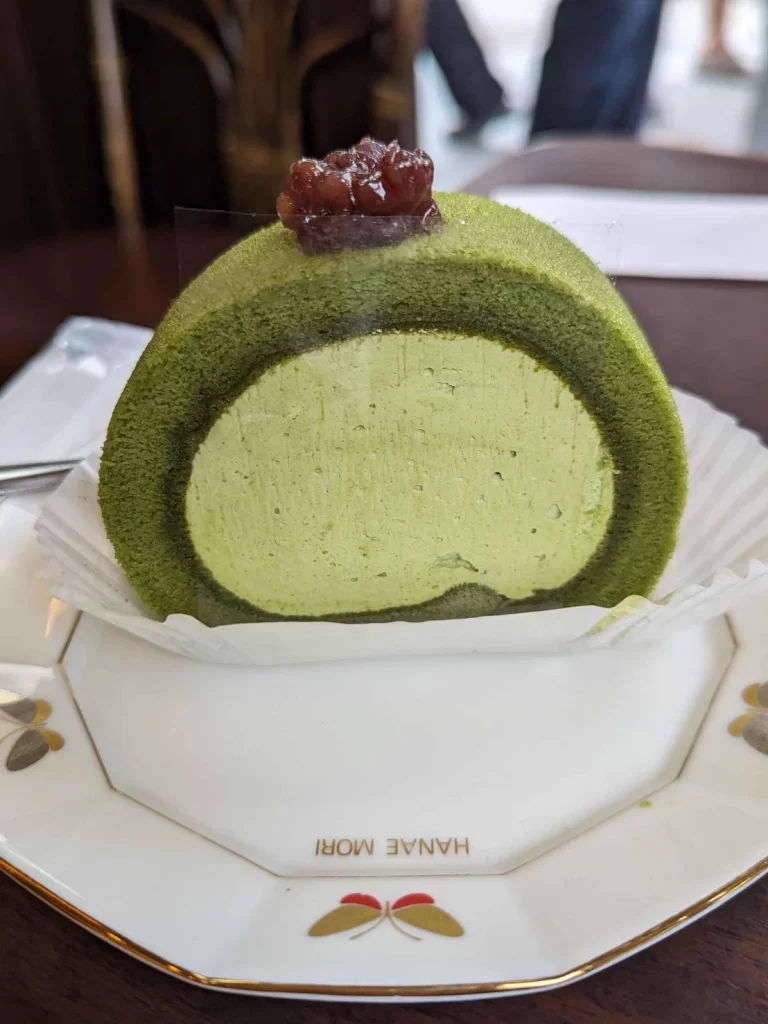


Ramen was the perfect lunch. The vending machine where you ordered your soup had many choices, three sizes and lots of add-ons. I guess I ordered the Japanese equivalent of a triple patty hamburger with the lot. My less gluttonous friends ordered a little more conservatively, and I need to say that my extra large soup with three add-ons was too much for me. It’s rare, but I was beaten. I felt ashamed leaving the delicious final dregs of my noodles and soup. My eyes were bigger than my stomach, and my stomach isn’t exactly lilliputian.
The Miyako Odori is Kyoto’s premier Geisha festival and it runs annually all through April. It is a performance of singing and dancing accompanied by live music played on traditional instruments. The festival has three performances a day for a month and when I booked the tickets three months before the event, almost all the tickets had already sold out. I wanted to book slightly better seats towards the front, but apparently blocks of four seats in a row are booked out six months in advance, so we settled for the only places I could get, towards the back of the 900 seat theatre. It is probably just as well. We arrived in our slightly sweaty, casual street clothes, as did most of the westerners. I expected this to be a touristy type of event, with the majority of the audience being westerners. I couldn’t have been more wrong. This is an important national cultural event and the vast majority of the audience were Japanese, dressed quite formally, in suits and dresses. Before the start of the hour long program there was an announcement, in English, giving a little bit of background to the performance. We were informed that it was choreographed by a very famous Japanese choreographer who has been awarded the title of a national treasure. I have no claims to understanding the intricacies of Japanese culture nor an appreciation of classical Japanese music. I can say that it was irrelevant whether I understood any more than there were 8 vignettes depicting the four seasons. The opportunity to witness artistry of this level; the sets, costume, music, dance and general ambience, in a foreign country, is an event that enriches the entire trip. My three friends who were somewhat cynical beforehand (thank god no democracy) all agreed that it was one of the most significant hours that we spent whilst in Japan.
Our time in Japan was starting to wind down. Garry was the first to leave us, flying out that night. (or so he thought. His flight was cancelled due to Dubai airport being unable to cope with the backlog caused by floods. He spent the night in a pod hotel, but that’s for him to blog if he so chooses).
I really wanted to see the Fushimi Anari, a temple with thousands of orange torii gates along a path that winds up a mountain. If Kyoto has seventy million domestic and foreign tourists a year, I assume most of them come here. It really is impressive, though it took quite a long while to actually get a proper feel of the place. This being one of Kyoto’s leading tourist attractions, it was unpleasantly full of rowdy foreigners, who felt they were going through the turnstiles at a football game rather than along a path whose tori gates paid tribute to Anari, the god of rice. The crowds thinned out the further up the mountain we went and eventually the masses of tourists had walked enough and could put a tick in the box that they’d been there. Only then were Simon and I able to get an appreciation of this unique temple grounds, some side temples and family graves full of fox symbols and the serenity that the walking through the gates gave.

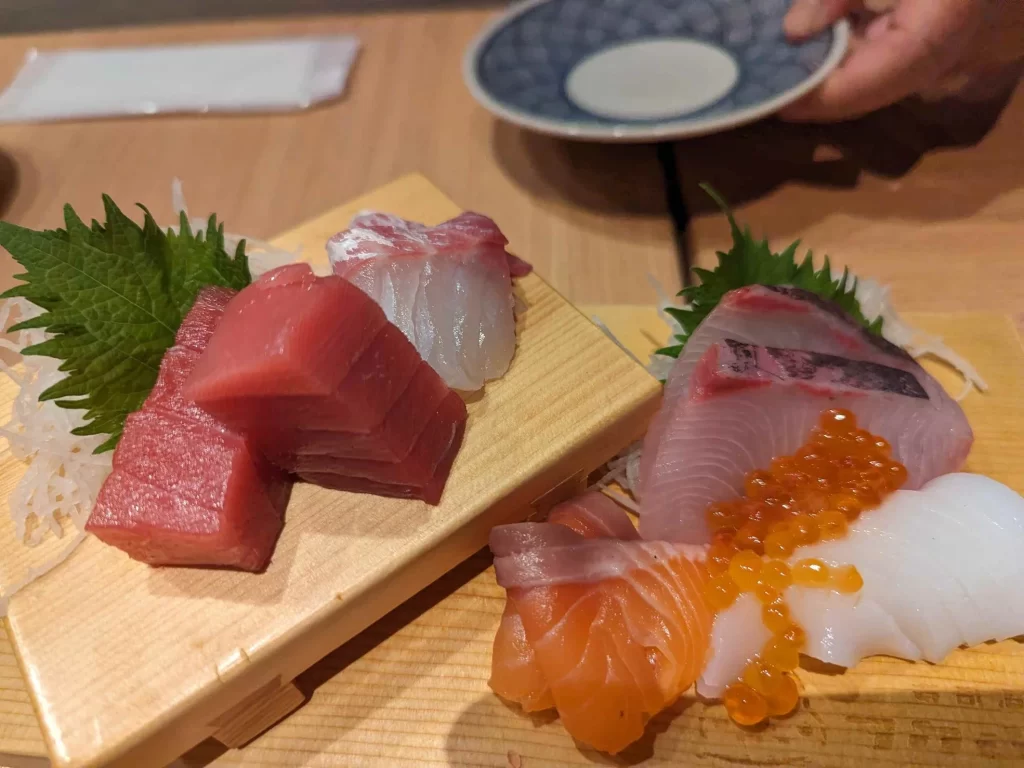
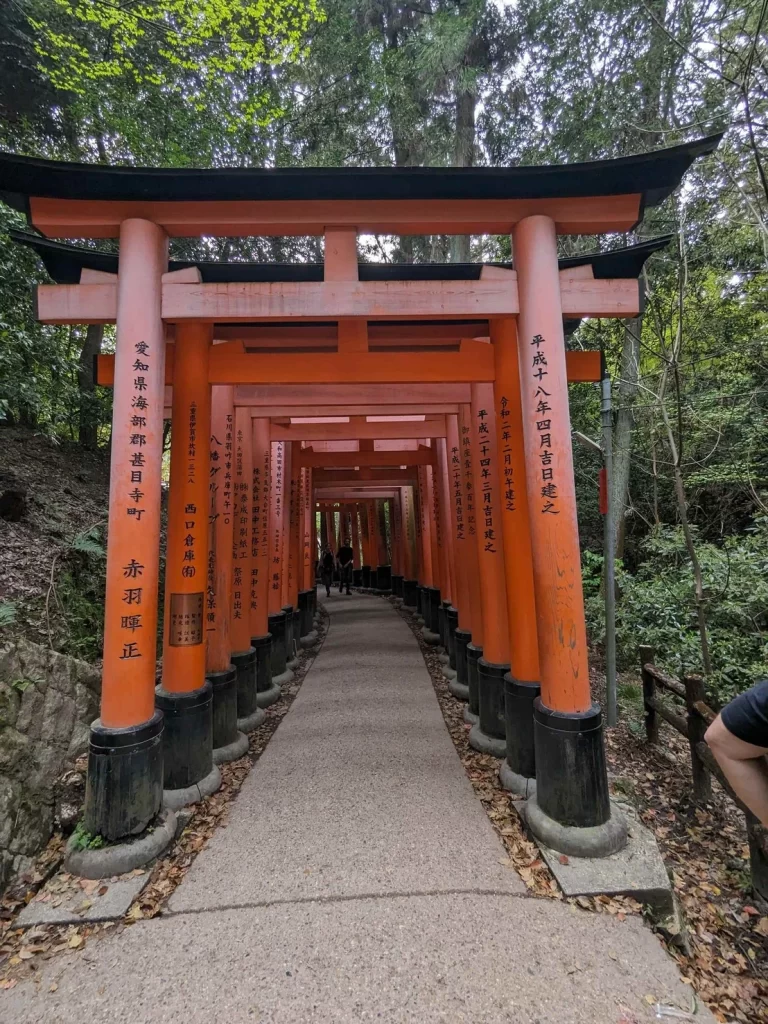
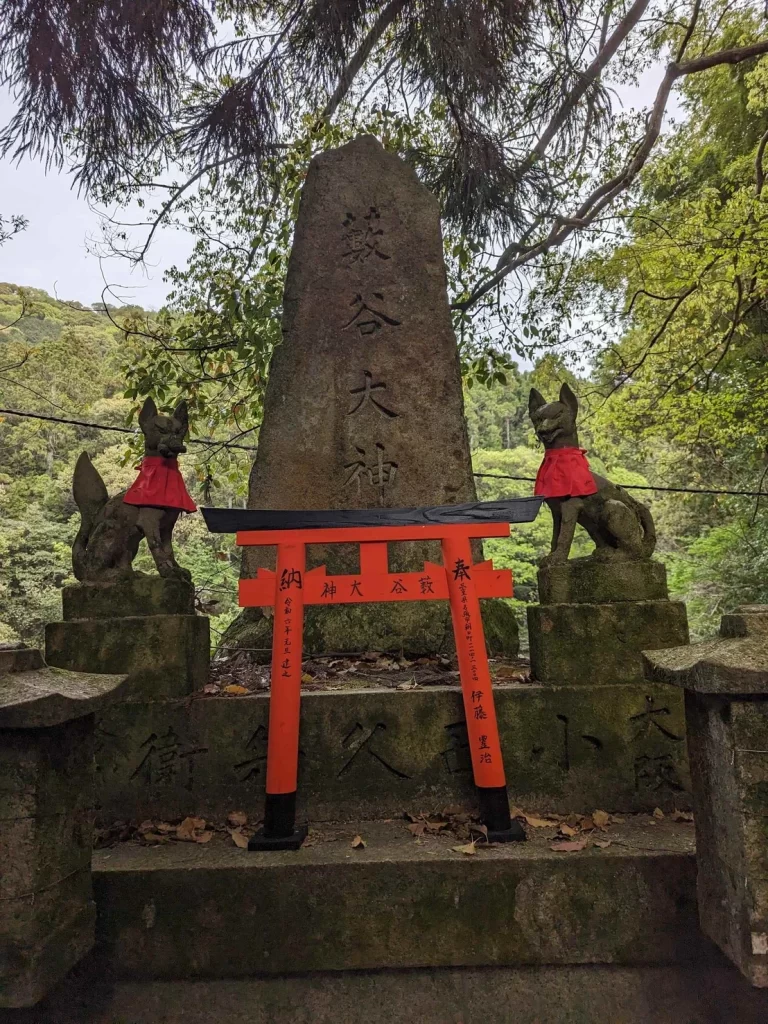
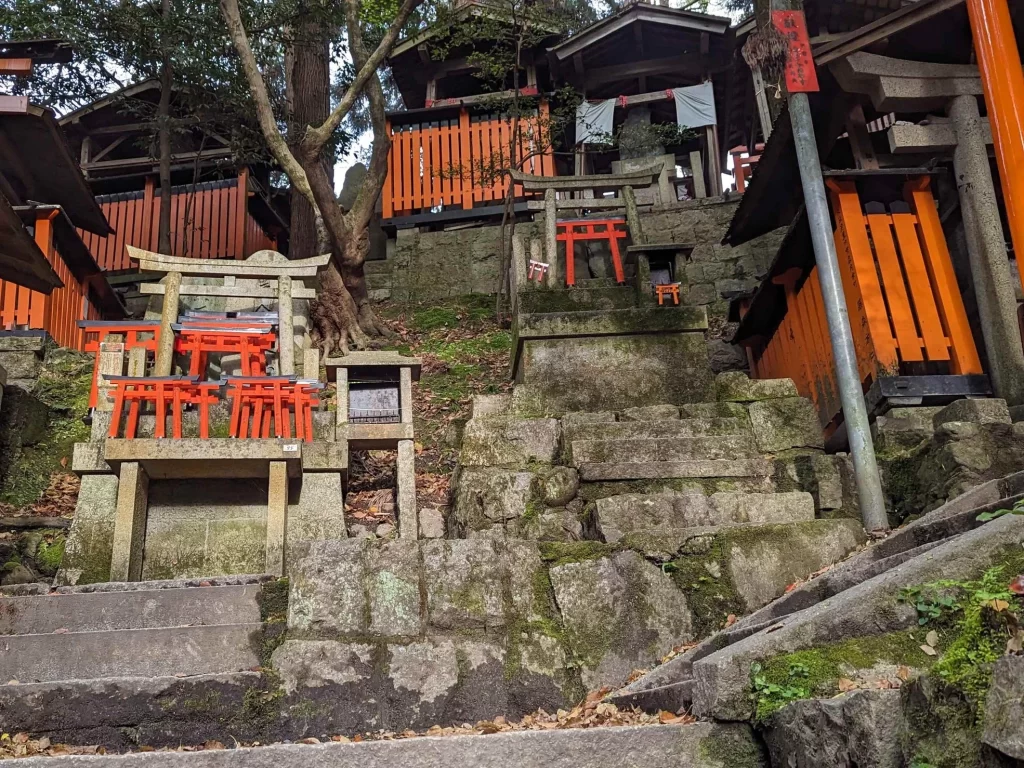
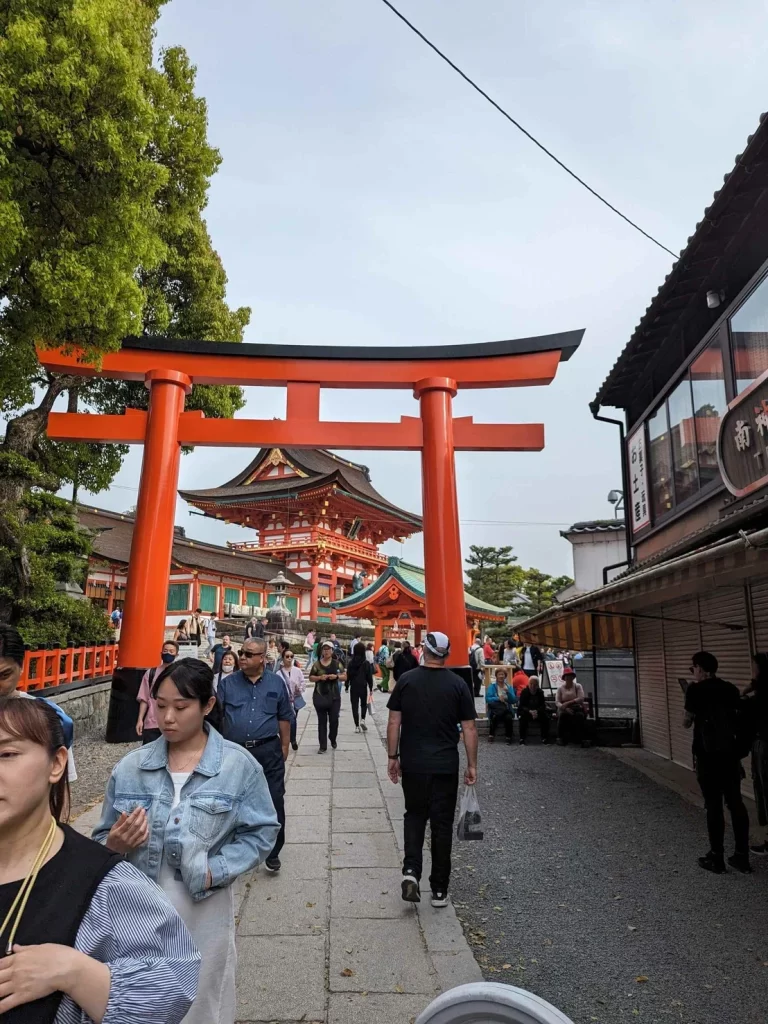
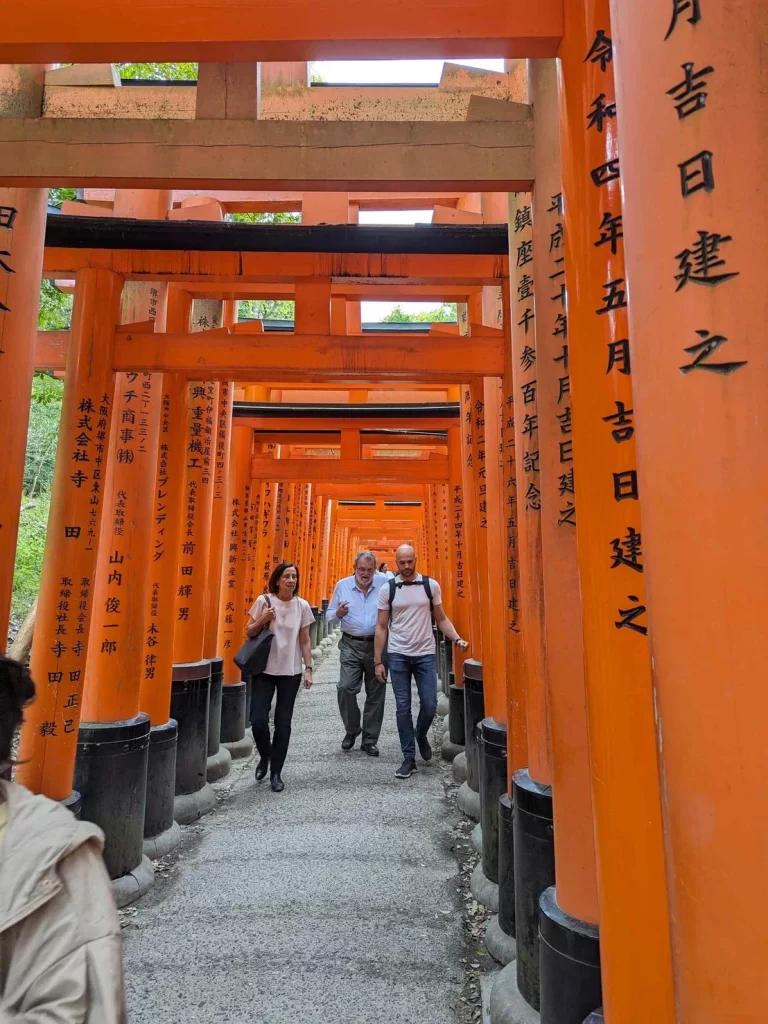
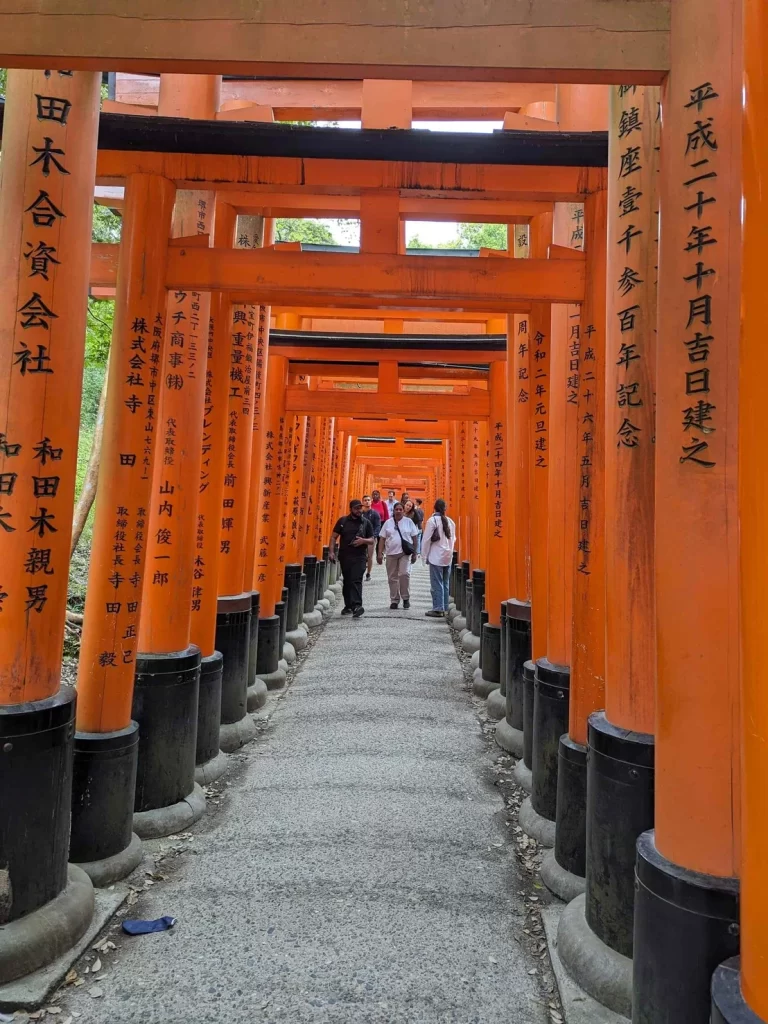
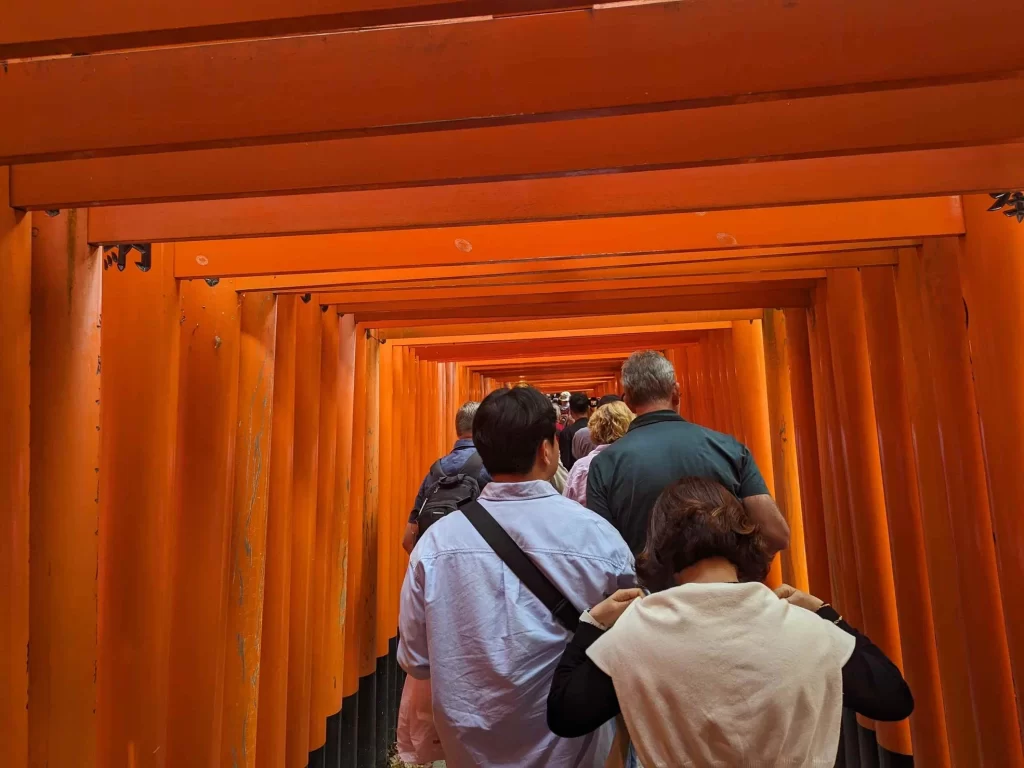
Yoni, Simon and I had our final dinner and a final 9 p.m.walk around the central part of Kyoto, principally because I had a desire for a custard tart. Go figure. Everything is closing at this time in the central business area of Kyoto, but we eventually found a sort of a custard tart, in a Starbucks, of all places. I guess not everything you put into your mouth has to be mind-blowing.